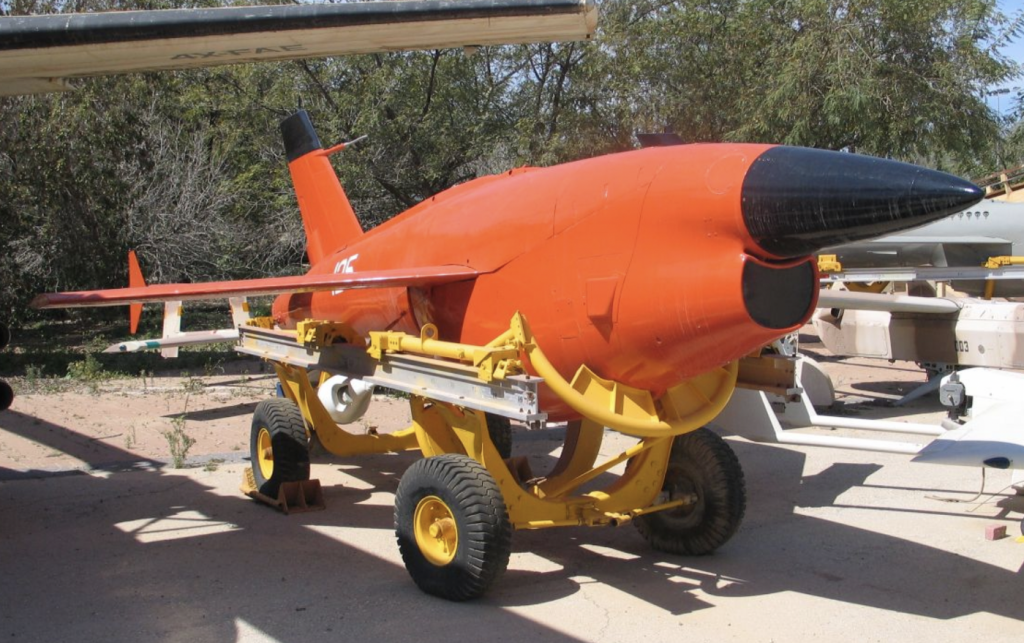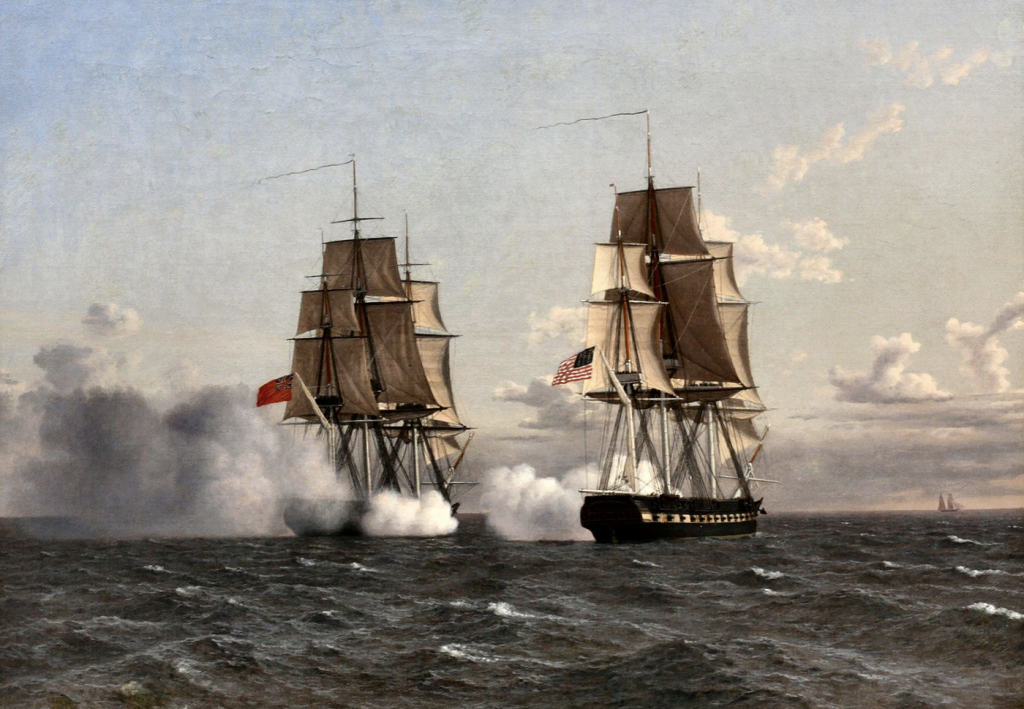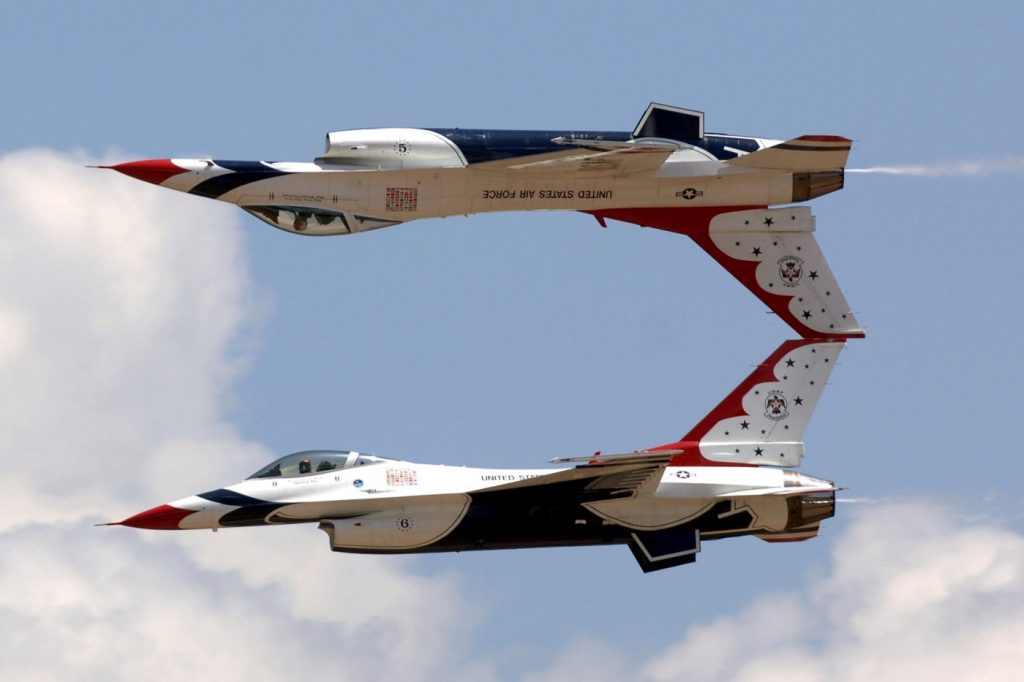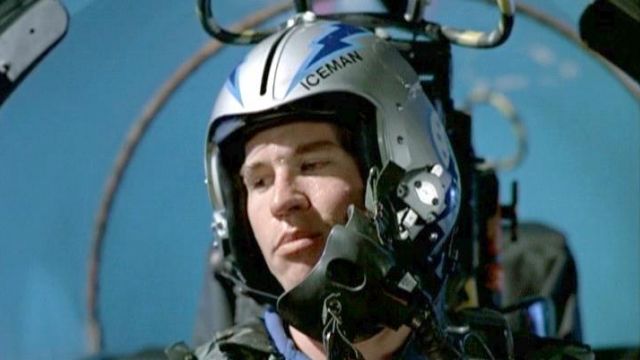
GUEST POST from Steve Blank
Portions of this post previously appeared in ‘War On the Rocks’
Looking at a satellite image of Ukraine online I realized it was from Capella Space – one of our Hacking for Defense student teams who now has seven satellites in orbit.
National Security is Now Dependent on Commercial Technology
They’re not the only startup in this fight. An entire wave of new startups and scaleups are providing satellite imagery and analysis, satellite communications, and unmanned aerial vehicles supporting the struggle.
For decades, satellites that took detailed pictures of Earth were only available to governments and the high-resolution images were classified. Today, commercial companies have their own satellites providing unclassified imagery. The government buys and distributes commercial images from startups to supplement their own and shares them with Ukraine as part of a broader intelligence-sharing arrangement that the head of Defense Intelligence Agency described as “revolutionary.” By the end of the decade, there will be 1000 commercial satellites for every U.S. government satellite in orbit.
At the onset of the war in Ukraine, Russia launched a cyber-attack on Viasat’s KA-SAT satellite, which supplies Internet across Europe, including to Ukraine. In response, to a (tweeted) request from Ukraine’s vice prime minister, Elon Musk’s Starlink satellite company shipped thousands of their satellite dishes and got Ukraine back on the Internet. Other startups are providing portable cell towers – “backpackable” and fixed. When these connect via satellite link, they can provide phone service and WIFI capability. Another startup is providing a resilient, mesh local area network for secure tactical communications supporting ground units.
Drone technology was initially only available to national governments and militaries but is now democratized to low price points and available as internet purchases. In Ukraine, drones from startups are being used as automated delivery vehicles for resupply, and for tactical reconnaissance to discover where threats are. When combined with commercial satellite imagery, this enables pinpoint accuracy to deliver maximum kinetic impact in stopping opposing forces.
Equipment from large military contractors and other countries is also part of the effort. However, the equipment listed above is available commercially off-the-shelf, at dramatically cheaper prices than what’s offered by the large existing defense contractors, and developed and delivered in a fraction of the time. The Ukraine conflict is demonstrating the changing character of war such that low-cost emerging commercial technology is extremely effective when deployed against a larger 20th-century industrialized force that Russia is fielding.
While we should celebrate the organizations that have created and fielded these systems, the battle for the Ukraine illustrates much larger issues in the Department of Defense.
For the first time ever our national security is inexorably intertwined with commercial technology (drones, AI, machine learning, autonomy, biotech, cyber, semiconductors, quantum, high-performance computing, commercial access to space, et al.) And as we’re seeing on the Ukrainian battlefield they are changing the balance of power.
The DoD’s traditional suppliers of defense tools, technologies, and weapons – the prime contractors and federal labs – are no longer the leaders in these next-generation technologies – drones, AI, machine learning, semiconductors, quantum, autonomy, biotech, cyber, quantum, high performance computing, et al. They know this and know that weapons that can be built at a fraction of the cost and upgraded via software will destroy their existing business models.
Venture capital and startups have spent 50 years institutionalizing the rapid delivery of disruptive innovation. In the U.S., private investors spent $300 billion last year to fund new ventures that can move with the speed and urgency that the DoD now requires. Meanwhile China has been engaged in a Civil/Military Fusion program since 2015 to harness these disruptive commercial technologies for its national security needs.
China – Civil/Military Fusion
Every year the Secretary of Defense has to issue a formal report to Congress: Military and Security Developments Involving the People’s Republic of China. Six pages of this year’s report describe how China is combining its military-civilian sectors as a national effort for the PRC to develop a “world-class” military and become a world leader in science and technology. A key part of Beijing’s strategy includes developing and acquiring advanced dual-use technology. It’s worth thinking about what this means – China is not just using its traditional military contractors to build its defense ecosystem; they’re mobilizing their entire economy – commercial plus military suppliers. And we’re not.
DoD’s Civil/Military Orphan-Child – the Defense Innovation Unit
In 2015, before China started its Civil/Military effort, then-Secretary of Defense Ash Carter, saw the need for the DoD to understand, embrace and acquire commercial technology. To do so he started the Defense Innovation Unit (DIU). With offices in Silicon Valley, Austin, Boston, Chicago and Washington, DC, this is the one DoD organization with the staffing and mandate to match commercial startups or scaleups to pressing national security problems. DIU bridges the divide between DOD requirements and the commercial technology needed to address them with speed and urgency. It accelerates the connection of commercial technology to the military. Just as importantly, DIU helps the Department of Defense learn how to innovate at the same speed as tech-driven companies.
Many of the startups providing Ukraine satellite imagery and analysis, satellite communications, and unmanned aerial vehicles were found by the Defense Innovation Unit (DIU). Given that DIU is the Department of Defense’s most successful organization in developing and acquiring advanced dual-use technology, one would expect the department to scale the Defense Innovation Unit by a factor of ten. (Two years ago, the House Armed Services Committee in its Future of Defense Task Force report recommended exactly that—a 10X increase in budget.) The threats are too imminent and stakes too high not to do so.
So what happened?
Congress cut their budget by 20%.
And their well-regarded director just resigned in frustration because the Department is not resourcing DIU nor moving fast enough or broadly enough in adopting commercial technology.
Why? The Defense Ecosystem is at a turning point. Defense innovation threatens entrenched interests. Given that the Pentagon budget is essentially fixed, creating new vendors and new national champions of the next generation of defense technologies becomes a zero-sum game.
The Defense Innovation Unit (DIU) had no advocates in its chain of command willing to go to bat for it, let alone scale it.
The Department of Defense has world-class people and organization for a world that no longer exists
The Pentagon’s relationship with startups and commercial companies, already an arms-length one, is hindered by a profound lack of understanding about how the commercial innovation ecosystem works and its failure of imagination about what venture and private equity funded innovation could offer. In the last few years new venture capital and private equity firms have raised money to invest in dual-use startups. New startups focused on national security have sprung up and they and their investors have been banging on the closed doors of the defense department.
If we want to keep pace with our adversaries, we need to stop acting like we can compete with one hand tied behind our back. We need a radical reinvention of our civil/military innovation relationship. This would use Department of Defense funding, private capital, dual-use startups, existing prime contractors and federal labs in a new configuration that could look like this:
Create a new defense ecosystem encompassing startups, and mid-sized companies at the bleeding edge, prime contractors as integrators of advanced technology, federally funded R&D centers refocused on areas not covered by commercial tech (nuclear and hypersonics). Make it permanent by creating an innovation doctrine/policy.
Reorganize DoD Research and Engineering to allocate its budget and resources equally between traditional sources of innovation and new commercial sources of innovation.
-
Scale new entrants to the defense industrial base in dual-use commercial tech – AI/ML, Quantum, Space, drones, autonomy, biotech, underwater vehicles, shipyards, etc. that are not the traditional vendors. Do this by picking winners. Don’t give out door prizes. Contracts should be >$100M so high-quality venture-funded companies will play.
Reorganize DoD Acquisition and Sustainment to create and buy from new 21st century arsenals – new shipyards, drone manufacturers, etc. that can make 1,000’s of extremely low cost, attritable systems – “the small, the agile and the many.”
-
Acquire at Speed. Today, the average Department of Defense major acquisition program takes anywhere from nine to 26 years to get a weapon in the hands of a warfighter. DoD needs a requirements, budgeting and acquisition process that operates at commercial speed (18 months or less) which is 10x faster than DoD procurement cycles. Instead of writing requirements, the department should rapidly assess solutions and engage warfighters in assessing and prototyping commercial solutions. We’ll know we’ve built the right ecosystem when a significant number of major defense acquisition programs are from new entrants.
-
Acquire with a commercially oriented process. Congress has already granted the Department of Defense “Other Transaction Authority” (OTA) as a way to streamline acquisitions so they do not need to use Federal Acquisition Regulations (FAR). DIU has created a “Commercial Solutions Opening” to mirror a commercial procurement process that leverages OTA. DoD could be applying Commercial Solutions Openings on a much faster and broader scale.
Integrate and create incentives for the Venture Capital/Private Equity ecosystem to invest at scale. The most important incentive would be for DoD to provide significant contracts for new entrants. (One new entrant which DIU introduced, Anduril, just received a follow-on contract for $1 billion. This should be one of many such contracts and not an isolated example.) More examples could include: matching dollars for national security investments (similar to the SBIR program but for investors), public/private partnership investment funds, or tax holidays and incentives – to get $10’s of billions of private investment dollars in technology areas of national interest.
Buy where we can; build where we must. Congress mandated that the Department of Defense should use commercial off-the-shelf technology wherever possible, but the department fails to do this (see industry letter to the Department of Defense).
Coordinate with Allies. Expand the National Security Innovation Base (NSIB) to an Allied Security Innovation Base. Source commercial technology from allies.
This is a politically impossible problem for the Defense Department to solve alone. Changes at this scale will require Congressional and executive office action. Hard to imagine in the polarized political environment. But not impossible.
Put Different People in Charge and reorganize around this new ecosystem. The threats, speed of change, and technologies the United States faces in this century require radically different mindsets and approaches than those it faced in the 20th century. Today’s leaders in the DoD, executive branch and Congress haven’t fully grasped the size, scale, and opportunity of the commercial innovation ecosystem or how to build innovation processes to move with the speed and urgency to match the pace China has set.
Change is hard – on the people and organizations inside the DoD who’ve spent years operating with one mindset to be asked to pivot to a new one.
But America’s adversaries have exploited the boundaries and borders between its defense and commercial and economic interests. Current approaches to innovation across the government — both in the past and under the current administration — are piecemeal, incremental, increasingly less relevant, and insufficient.
These are not problems of technology. It takes imagination, vision and the willingness to confront the status quo. So far, all are currently lacking.
Russia’s Black Sea flagship Moskva on the bottom of the ocean and the thousands of its destroyed tanks illustrate the consequences of a defense ecosystem living in the past. We need transformation not half-measures. The U.S. Department of Defense needs to change.
Historically, major defense reforms have come from inside the DoD, at other times Congress (National Security Act of 1947, Goldwater-Nichols Act of 1986) and others from the President (Roosevelt’s creation of the Joint Chiefs in 1942, Eisenhower and the Department of Defense Reorganization Act of 1958.)
It may be that the changes needed are so broad that the DoD can’t make them and Congress needs to act. If so, it’s their time to step up.
Carpe diem. Seize the day.
The full article originally appeared on Steve Blank’s blog
Image credit: Capella Space
![]() Sign up here to get Human-Centered Change & Innovation Weekly delivered to your inbox every week.
Sign up here to get Human-Centered Change & Innovation Weekly delivered to your inbox every week.







